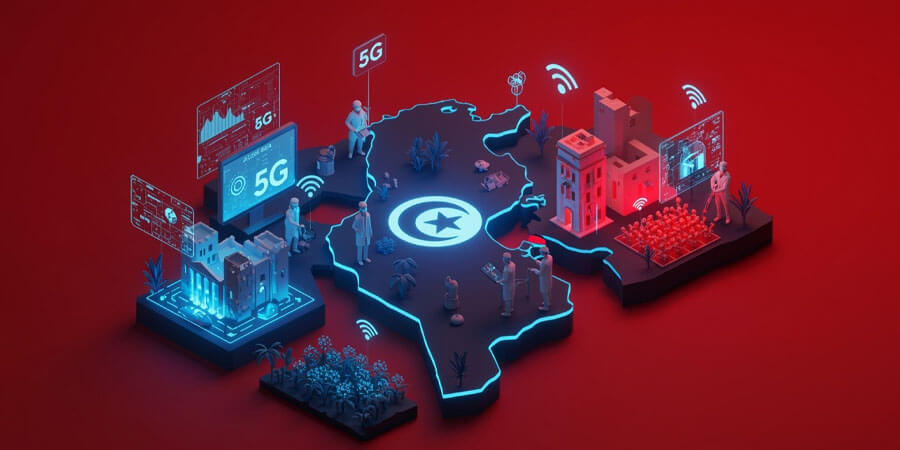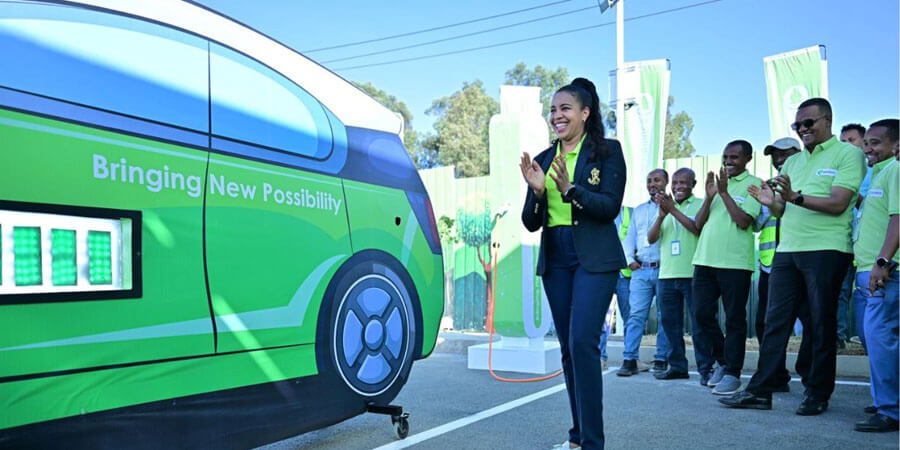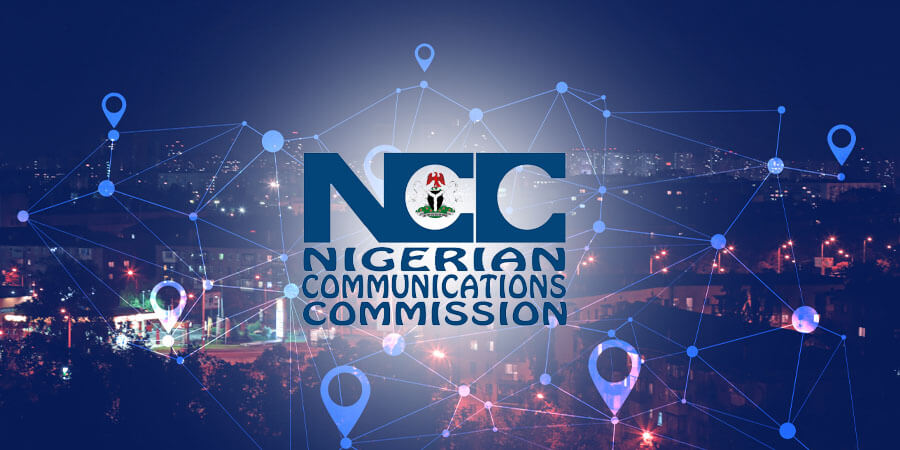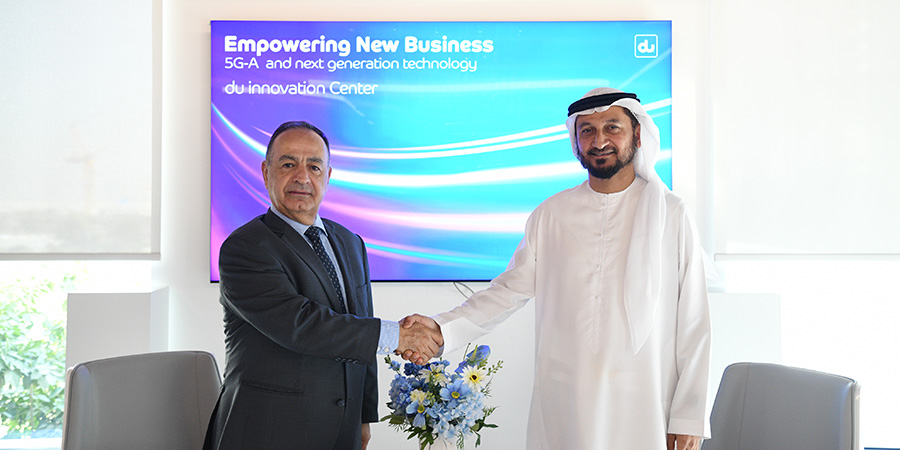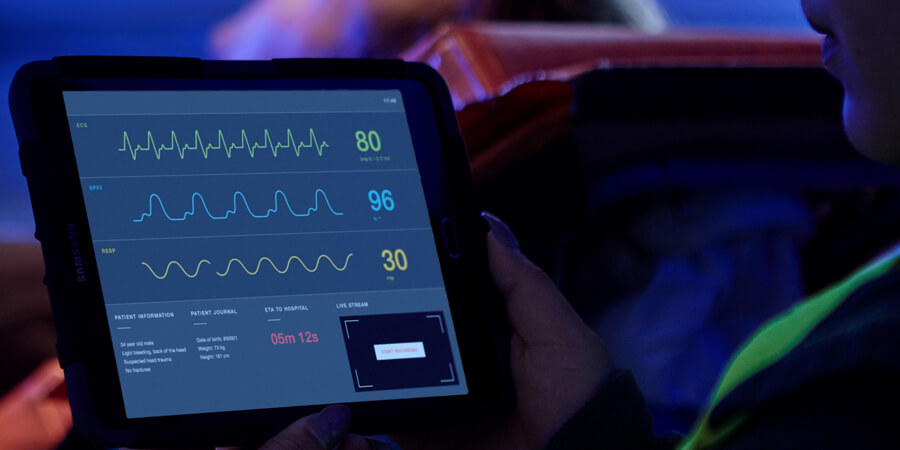Ericsson has launched its critical communications broadband portfolio for service providers. This will enable service providers to meet the business-critical and mission-critical needs of industries and public safety agencies as digitalization and modernization of land mobile radio communications increases.
When communication is disrupted by minutes, seconds, or even milliseconds, it can have huge consequences for business operations, or serious implications for public safety. The need for fast and reliable communication is therefore paramount.
Such critical communications are used in many areas: from first responders and nationwide emergency services to workforce safety in enterprises. There is a growing demand for business and mission-critical broadband for such use cases. Service providers need to deliver the highest level of availability, reliability and security to meet this demand.
To meet critical communications users’ needs, Ericsson has developed a new portfolio comprising three offerings: critical network capabilities; critical broadband applications; and flexible deployments for both local private networks, and nationwide mission-critical LTE networks.
Per Narvinger, Head of Product Area Networks, Ericsson, says: “We see growth opportunities for service providers and government operators by addressing new segments with LTE/5G networks. Our critical broadband portfolio will enable our customers to effectively secure the critical communication needs of sectors such as public safety, energy and utilities, transportation, and manufacturing.”
Critical network capabilities
This offering includes advanced features for critical network performance and covers the following: high network availability; multi-network operation with spectrum sharing techniques; and coverage and capacity for critical applications. It also includes network security capabilities that ensure network services are maintained even when the infrastructure is under attack. Finally, quality of service, priority and preemption all guarantee latency performance and capacity requirements during high load and congestion.
The critical network capabilities include new features that simplify the rollout of broadcasting services across nationwide areas. Another new feature enables radio access sites to operate in fallback mode, should the network connection fail. This offering also includes deployable systems that allow temporary coverage for disaster recovery and operations in rural areas without existing coverage.
Critical broadband applications
This offering covers Ericsson Group-Radio that provides mission-critical push-to-talk, data and video services. This will enable, for example, blue light personnel such as the police to be more effective in performing community services that require advanced mobile broadband.
Flexible deployments for private networks
New business models are emerging for industries. From owning and operating their own networks, critical industries are now procuring private networks and services that leverage service providers’ existing network assets and operations – without compromising required local control.
Ericsson’s flexible deployments for private networks range from network slicing to fully dedicated networks, enabling service providers to offer scalable, critical broadband network solutions and services for critical industries.
Ericsson also offers managed services for private networks, with solutions based on AI and automation that predict and prevent events while reducing OPEX. These solutions enable service providers to reduce time-to-market and onboard new industries, while securing critical service level agreements.
Critical broadband will enable industries to increase efficiency through the following: enhancing workforce productivity and safety; massive onboarding of devices and sensors; real-time location of assets and equipment; and data collection to boost equipment and personnel performance and avoid downtime.










